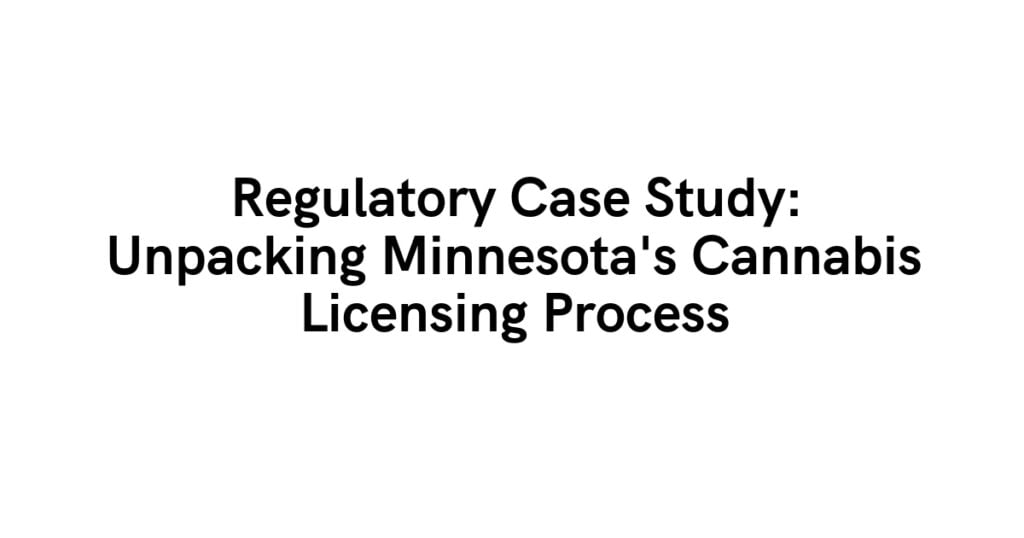The Anatomy of a Complex Regulatory Challenge
Context of Cannabis Regulation
Minnesota’s cannabis licensing system represents more than a simple market entry process—it’s a delicate balance of social justice, economic opportunity, and regulatory integrity. The state isn’t just opening a market; it’s attempting to repair historical inequities through careful, deliberate policy design.
The Regulatory Architecture
Key Design Principles
- Social Equity as Core Strategy
- Prioritize applicants from communities harmed by past drug prohibition
- Create pathways for historically marginalized entrepreneurs
- Ensure meaningful economic participation, not just symbolic inclusion
2. Rigorous Application Screening
- Comprehensive documentation requirements
- Multi-stage verification process
- Built-in mechanisms to prevent market manipulation
The Application Landscape
Numbers Tell a Story
- Total Applications: 1,817
- Rejected Applications: 1,169 (64%)
- Planned Preapproval Licenses: 182
Challenges in Implementation
Systemic Complexity Revealed
The current licensing delay exposes fundamental challenges in creating a fair, transparent regulatory framework:
- Documentation Precision
- Minor technical errors can disqualify entire applications
- Demonstrates the razor-thin margin between acceptance and rejection
2. Preventing Market Gaming
- Sophisticated attempts to manipulate the lottery
- Use of shared email domains
- Potential pre-arranged license sales
Legal and Administrative Safeguards
Multilayered Protection Mechanisms
- Judicial review process
- Administrative appeal options
- Transparent rejection criteria
Comparative Regulatory Perspectives
How Minnesota Differs
Most states approach cannabis licensing as a pure economic opportunity. Minnesota’s model represents a more holistic, justice-oriented approach:
- Emphasizing social repair
- Creating structured economic mobility
- Treating licensing as a community development tool
Potential Future Adaptations
Learning from Current Challenges
- Streamline application processes
- Provide clearer guidance for applicants
- Create robust pre-application support systems
- Develop more transparent evaluation criteria
Conclusion: A Model in Evolution
Minnesota’s cannabis licensing process isn’t a failure—it’s an ambitious experiment in regulatory design. The current challenges represent growing pains in a complex, groundbreaking approach to market development.
The state is demonstrating that market entry can be about more than revenue—it can be a mechanism for social transformation.
Keywords: Cannabis Regulation, Social Equity, Licensing Complexity, Minnesota Cannabis Market
Disclaimer: Regulatory landscape current as of December 2024
